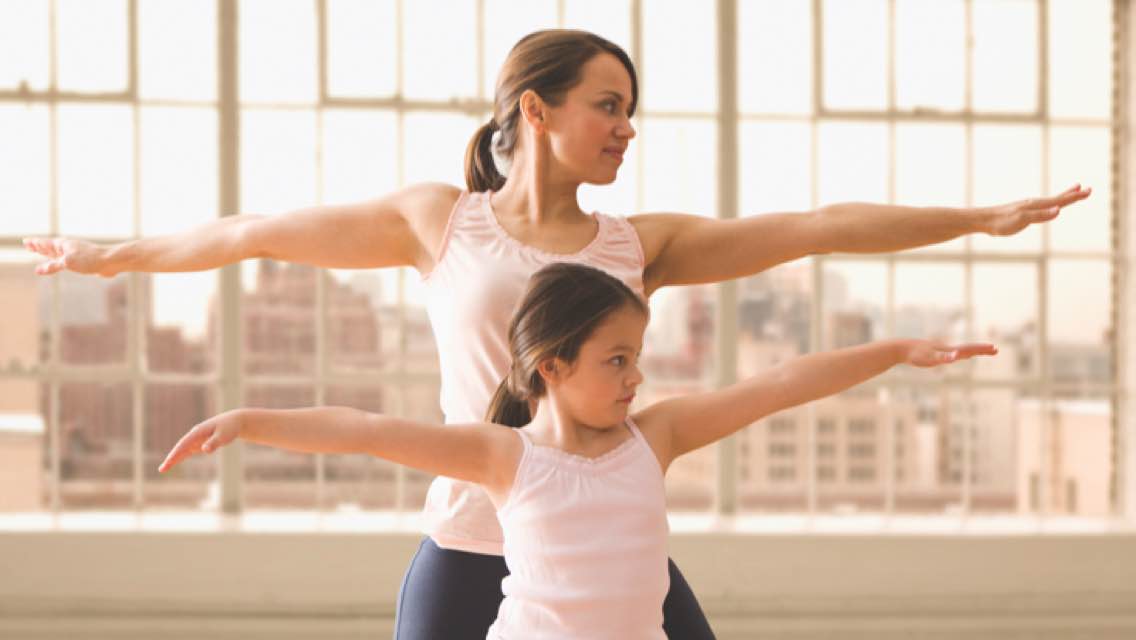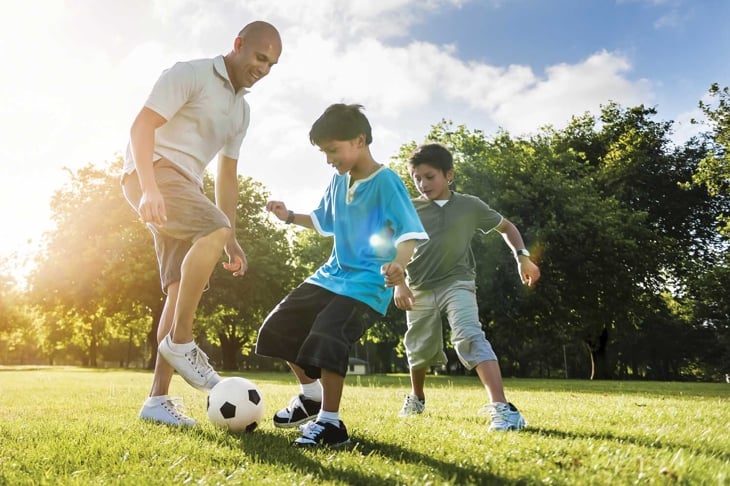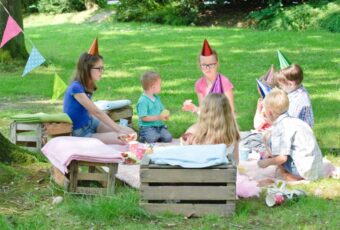In a world where technology often competes for a child’s attention, it’s vital to instill the value of fitness from an early age. Encouraging physical activity in childhood not only lays the foundation for a healthy lifestyle but also fosters habits that can last a lifetime. In this article, we’ll explore effective ways to introduce kids to fitness early, emphasizing the importance of regular exercise, its numerous benefits, and how it can be integrated into their daily routines. Introducing kids to fitness early in life is an investment in their long-term well-being. It teaches them the value of an active lifestyle, cultivates healthy habits, and provides a foundation for physical and mental health. By making exercise enjoyable, diverse, and a part of their daily routine, we empower children to embrace fitness as an integral aspect of their lives. As parents and caregivers, we play a crucial role in shaping the next generation’s approach to health, and fostering a love for fitness early on is one of the most valuable gifts we can give to our children.

Be A Role Model
Be a Role Model
Children often mimic the behaviors of the adults around them. Demonstrating a commitment to fitness and leading an active lifestyle sets a powerful example. Engage in physical activities with your children to make it a shared experience. Whether it’s family walks, bike rides, or impromptu dance parties, showing enthusiasm for exercise can be contagious.
Make It Fun
Exercise should not feel like a chore for kids. Incorporate enjoyable and interactive activities that captivate their interest. Sports, games, and playful challenges can make fitness a joyful experience. Encourage outdoor exploration, like nature hikes or scavenger hunts, which combine physical activity with adventure.

Make It Fun
Variety Is Key
Kids have diverse interests, so expose them to a variety of activities. This could include swimming, soccer, dance, or martial arts. By offering choices, you allow them to discover what they enjoy most, increasing the likelihood that they’ll stick with it.
Set Realistic Goals
Establish attainable fitness goals appropriate for a child’s age and ability. These could be as simple as completing a set number of jumping jacks or running a certain distance. Celebrate their achievements and progress to boost their confidence and motivation.

Set Realistic Goals
Limit Screen Time
Excessive screen time can lead to sedentary habits. Set reasonable screen time limits and encourage kids to balance it with physical activities. For every hour of screen time, allocate an equal amount for active play or exercise.
Create a Routine
Incorporate fitness into the daily routine. Whether it’s before or after school, bedtime stretches, or morning yoga, making exercise a regular part of the schedule helps children understand that physical activity is as important as other daily tasks.

Create A Routine








